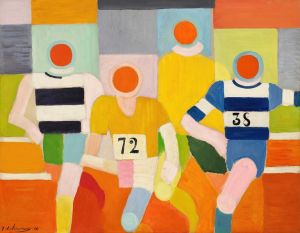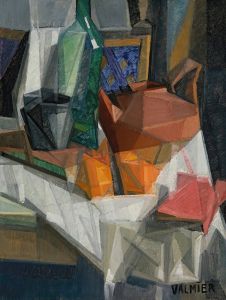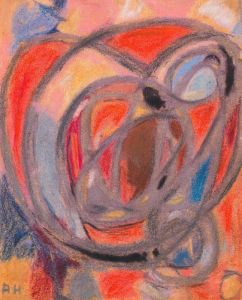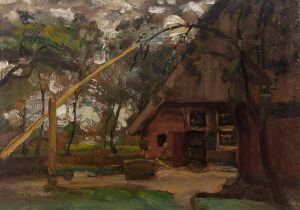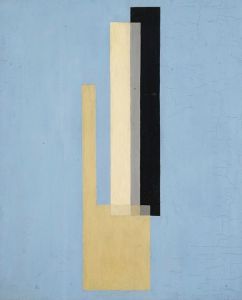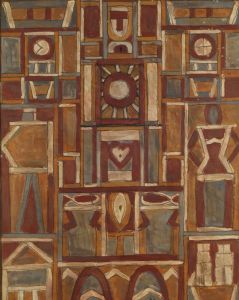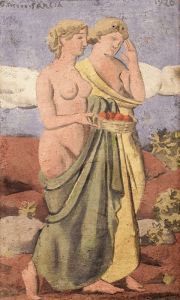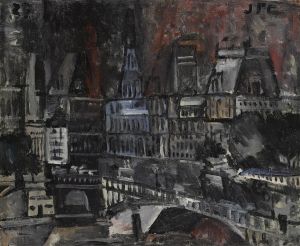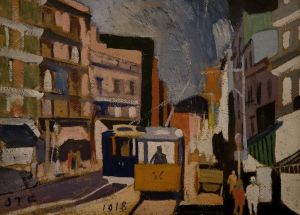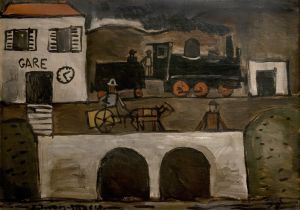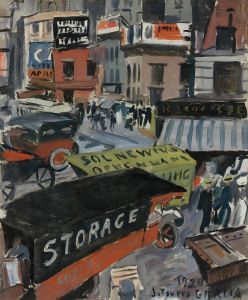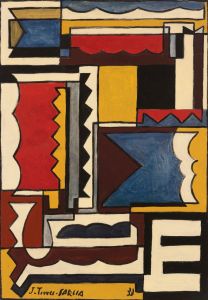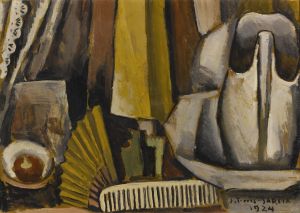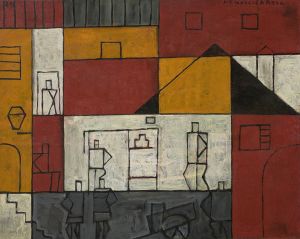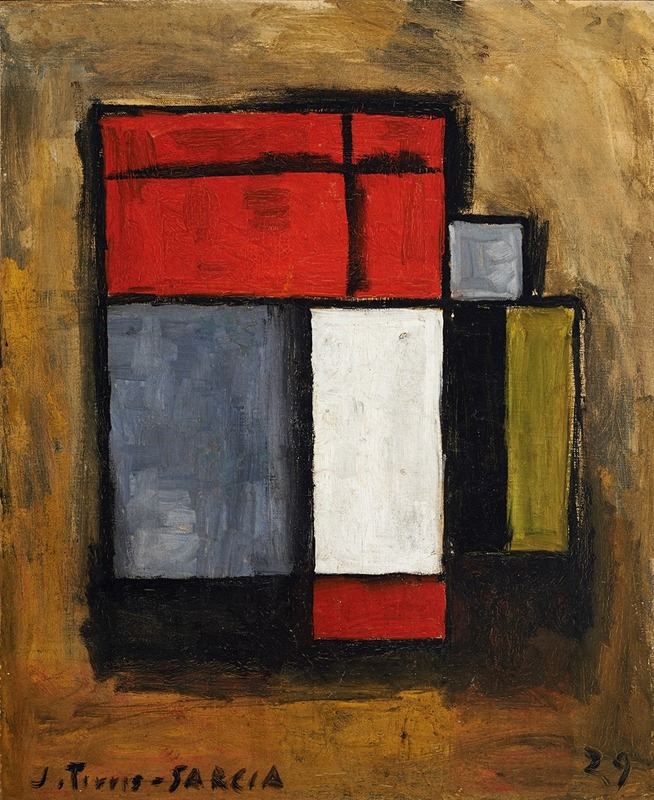
Formas abstractas
A hand-painted replica of Joaquín Torres-García’s masterpiece Formas abstractas, meticulously crafted by professional artists to capture the true essence of the original. Each piece is created with museum-quality canvas and rare mineral pigments, carefully painted by experienced artists with delicate brushstrokes and rich, layered colors to perfectly recreate the texture of the original artwork. Unlike machine-printed reproductions, this hand-painted version brings the painting to life, infused with the artist’s emotions and skill in every stroke. Whether for personal collection or home decoration, it instantly elevates the artistic atmosphere of any space.
Joaquín Torres-García was a prominent Uruguayan artist and theorist, known for his significant contributions to modern art in the 20th century. Born in Montevideo, Uruguay, in 1874, Torres-García spent much of his life traveling and working in various parts of the world, including Spain, France, and the United States. His work is characterized by a unique synthesis of European modernism and Latin American cultural elements, and he is often associated with the Constructivist movement.
"Formas abstractas" is one of Torres-García's notable works, exemplifying his distinctive approach to abstraction and his commitment to creating a universal visual language. The painting reflects his interest in geometric forms and his belief in the spiritual and symbolic potential of art. Torres-García was deeply influenced by the Constructivist movement, which emphasized abstraction, geometric shapes, and a focus on the intrinsic properties of materials. This influence is evident in "Formas abstractas," where he employs a grid-like structure to organize various geometric forms.
The painting is a testament to Torres-García's theory of "Universal Constructivism," which he developed as a way to integrate the principles of modern art with the cultural heritage of Latin America. He sought to create art that was not only modern and innovative but also deeply rooted in the universal human experience. This approach is reflected in the way he combines abstract forms with symbols and motifs that reference pre-Columbian art and indigenous cultures of the Americas.
In "Formas abstractas," Torres-García uses a limited color palette, often incorporating earthy tones and muted hues, which further emphasizes the geometric shapes and their arrangement within the composition. The painting's structure is carefully balanced, with each element contributing to the overall harmony of the piece. This balance and harmony are central to Torres-García's artistic philosophy, which sought to convey a sense of order and unity through abstraction.
Throughout his career, Torres-García was also a prolific writer and educator, and he played a crucial role in the development of modern art in Latin America. He founded the "Taller Torres-García" in Montevideo, an influential art school that became a hub for avant-garde artists in the region. His teachings and writings have had a lasting impact on generations of artists, and his work continues to be celebrated for its innovative approach and cultural significance.
"Formas abstractas" is a reflection of Torres-García's lifelong exploration of the relationship between art, culture, and identity. It embodies his vision of a universal art form that transcends geographical and cultural boundaries, while also honoring the rich artistic traditions of Latin America. Today, his work is held in high regard, and "Formas abstractas" remains an important example of his contribution to the global art movement.





